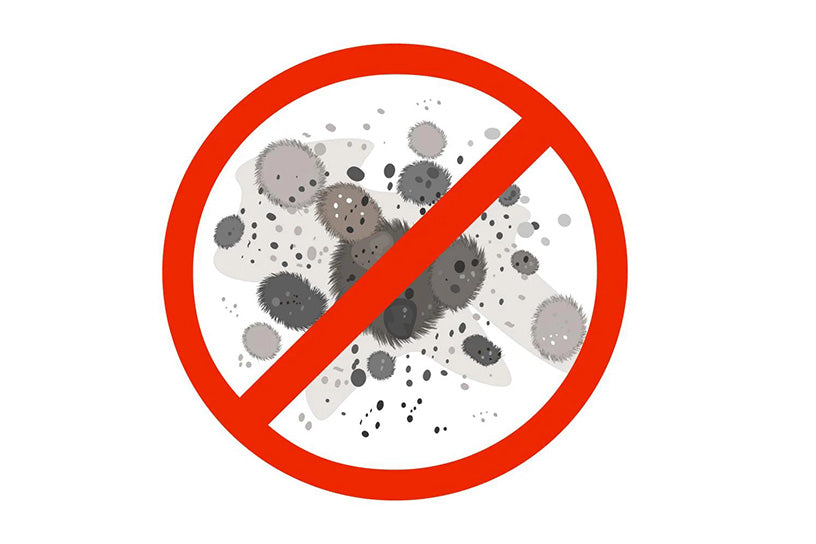Mold is a common household problem that can lead to various health issues, including allergies, respiratory problems, and other illnesses. When dealing with mold, many people consider using air purifiers as a potential solution. But do air purifiers really help with mold? Let's delve into how air purifiers work and their effectiveness in tackling mold issues.
How Air Purifiers Work
Air purifiers are devices designed to remove contaminants from the air. They typically use a combination of filters and technologies to trap and eliminate particles, pollutants, and allergens. The most common types of air purifiers include:
- HEPA (High-Efficiency Particulate Air) Filters: These filters can trap particles as small as 0.3 microns with 99.97% efficiency. They are excellent at capturing mold spores, dust, pollen, and other airborne particles.
- Activated Carbon Filters: These filters are effective at removing odors, gases, and volatile organic compounds (VOCs) but are not specifically designed to capture mold spores.
- UVC Light Purifiers: These use ultraviolet light to kill or deactivate bacteria, viruses, and mold spores. While effective, they need to be used correctly to ensure safety and efficiency.
- Ionizers: These release negative ions that attach to airborne particles, making them heavier and causing them to settle out of the air or be captured by a filter.
Effectiveness of Air Purifiers Against Mold
Air purifiers can be effective in reducing the number of airborne mold spores, thus improving indoor air quality and reducing the risk of health issues. However, there are some important considerations:
- Removal of Airborne Mold Spores: High-quality HEPA filters can effectively capture mold spores from the air. This helps reduce the concentration of mold spores and can alleviate symptoms for those with mold allergies or sensitivities.
- Limitation in Addressing Mold Sources: Air purifiers can only capture mold spores that are already airborne. They do not address the root cause of mold growth, which is often due to moisture and dampness in the home. To effectively manage mold, it's essential to identify and eliminate sources of moisture, such as leaks or poor ventilation.
- Complementary to Other Mold Remediation Methods: Air purifiers should be used as part of a comprehensive mold remediation strategy. This includes removing existing mold, fixing moisture issues, and maintaining proper humidity levels. Air purifiers can help keep mold spore levels low while other remediation efforts are ongoing.
- Choosing the Right Air Purifier: Not all air purifiers are equally effective against mold. For the best results, choose an air purifier with a true HEPA filter and consider models that also include UVC light for added mold spore elimination.
Practical Tips for Using Air Purifiers for Mold
- Placement: Position the air purifier in areas where mold is most likely to be present, such as basements, bathrooms, or kitchens.
- Maintenance: Regularly change the filters and clean the air purifier according to the manufacturer's instructions to ensure optimal performance.
- Humidity Control: Use a dehumidifier in conjunction with an air purifier to maintain indoor humidity levels below 50%, which can help prevent mold growth.
Conclusion
Air purifiers can be a valuable tool in reducing airborne mold spores and improving indoor air quality. However, they are not a standalone solution for mold problems. Addressing the underlying causes of mold growth and incorporating air purifiers into a broader mold remediation strategy will yield the best results.
By taking a comprehensive approach, you can create a healthier indoor environment and minimize the risks associated with mold exposure.


